Telmisartan is an antihypertensive agent, angiotensin II receptor antagonist (type AT1). It has a very high affinity for this receptor subtype. Telmisartan displaces angiotensin II from its association with AT1 receptors. No affinity has been found for other AT receptor subtypes. The functional significance of other subtypes of receptors and the effect on them of elevated levels (as a result of the appointment of telmisartan) of angiotensin II are not known.
The renin-angiotensin-aldosterone system (RAAS) is responsible for regulating blood pressure and fluid balance. It regulates its response to things like angiotensin, a naturally occurring chemical that narrows blood vessels and can increase blood pressure. A specific type of angiotensin – specifically angiotensin 2 – is important for us in this case, because the use of anabolic steroids increases the levels of this specific type of hormone.
Telmisartan reduces plasma aldosterone levels, but does not inhibit plasma renin, does not block ion channels, does not inhibit ACE (kinase II), which also destroys bradykinin. Therefore, there are no side effects associated with bradykinin.
Blockade of the renin-angiotensin system with ACE inhibitors, which inhibit the biosynthesis of angiotensin II from angiotensin I, is widely used in the treatment of hypertension. ACE inhibitors also inhibit the degradation of bradykinin, a reaction also catalyzed by ACE. Since telmisartan does not inhibit ACE (kininase II), it does not influence the response to bradykinin. It is not yet known whether this difference has clinical relevance. Telmisartan does not bind to or block other hormone receptors or ion channels known to be important in cardiovascular regulation. Angiotensin II receptor blockade inhibits the negative regulatory feedback of angiotensin II on renin secretion, but the resulting increase in plasma renin activity and circulating angiotensin II levels do not overcome the effect of telmisartan on blood pressure.
Purpose of use
Telmisartan reduces left ventricular hypertrophy (LVH) and reduces visceral fat. This should be of particular interest to athletes. LVH is an adaptive response to intense weight training whose effects are amplified by steroid use. LVH is generally benign in highly trained athletes, but is associated with reduced cardiac function, particularly in athletic age. Reduction of visceral fat is also associated with a decrease in cardiovascular risk. The use of telmisartan is a scientifically proven harm reduction strategy that reduces overall mortality as well as cardiovascular disease risks in particular.
Pharmacokinetics
When taken orally, it is rapidly absorbed from the gastrointestinal tract. Bioavailability is 50%. When taken simultaneously with food, the decrease in AUC ranges from 6% (at a dose of 40 mg) to 19% (at a dose of 160 mg). 3 hours after ingestion, the plasma concentration decreases, regardless of whether it is taken with food or on an empty stomach. Communication with plasma proteins is 99.5%. The average values of apparent Vd in the equilibrium phase are 500 l. Metabolized by conjugation with glucuronic acid. The metabolites are pharmacologically inactive. T1/2 – more than 20 hours. Excreted through the intestine unchanged. Cumulative excretion by the kidneys is less than 1%. Total plasma clearance – 1000 ml/min (renal blood flow – 1500 ml/min).
How to use
For adults, the daily dose is 20-40 mg (1 time/day). In some patients the hypotensive effect can be obtained with a dose of 20 mg/day. If necessary, the dose can be increased to 80 mg/day.
In patients with impaired renal function, as well as in elderly patients, no dose adjustment is required.
For patients with impaired hepatic function, the recommended daily dose is 40 mg.
Dosages for athletes are the same: using a daily dose of 20 to 40 mg once daily to reduce the risk of atherosclerosis, cardiovascular disease and/or stroke in steroid-using bodybuilders with prehypertension. This can also lead to improvements in HDL cholesterol levels, insulin sensitivity, mitochondrial activity, endothelial function, and cognitive function.
Effects
- Arterial hypertension
- Reduce cardiovascular risk
- Improvements in HDL cholesterol levels
- Insulin sensitivity
- Increases mitochondrial activity
- Endothelial function
- Cognitive function.
- Reduces left ventricular hypertrophy (LVH)
- Reduces visceral fat
- Reduces water retention
- Decrease the production of adrenaline which causes vasoconstriction of blood vessels
Side effects
- For Telmisartan side effects are rare and may include:
- Changes in vision
- Dizziness, lightheadedness, or fainting
- Fast heartbeat
- Large hives
- Painful urination or changes in urinary frequency
- Swelling in the hands, lower legs and feet
Profile
- Half-life: 24 hours
- Frequency of intake: 1-2 times a day
Contraindications
- Hypotension
- Pregnancy
- When pregnancy is detected, administration of Telmisartan tablets should be stopped as soon as possible.
How to store
- Keep out of reach of children
- Store in a cool, dry place, away from direct sunlight
- Store at 25°C (77°F); excursions permitted to 15°-30°C (59°-86°F)
- Do not use after the expiry date


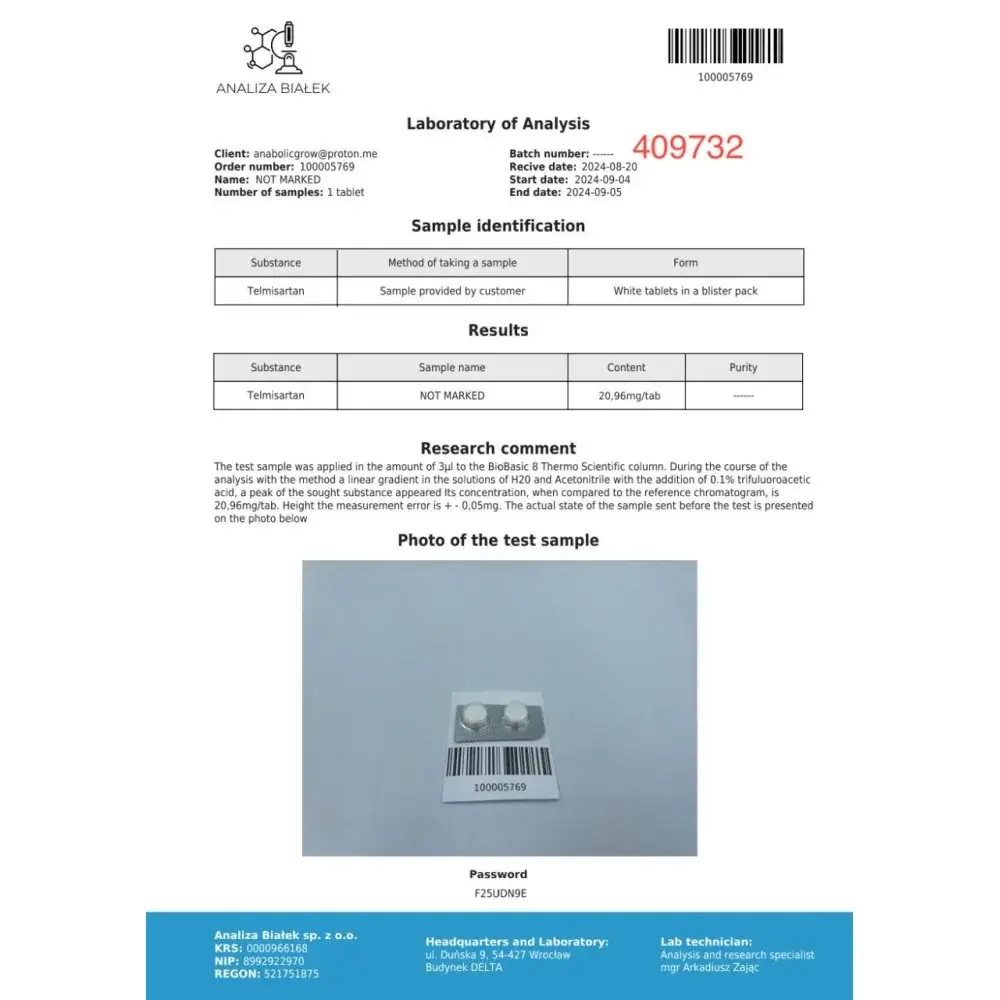
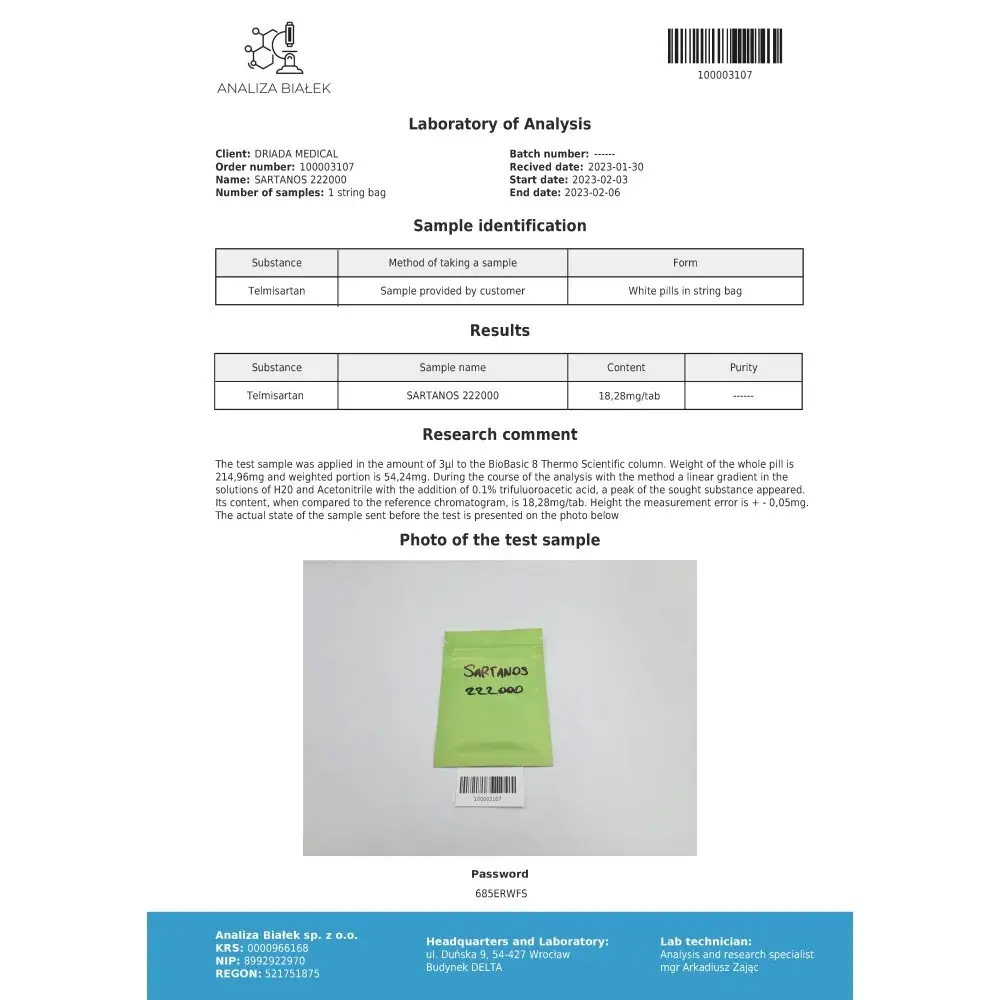

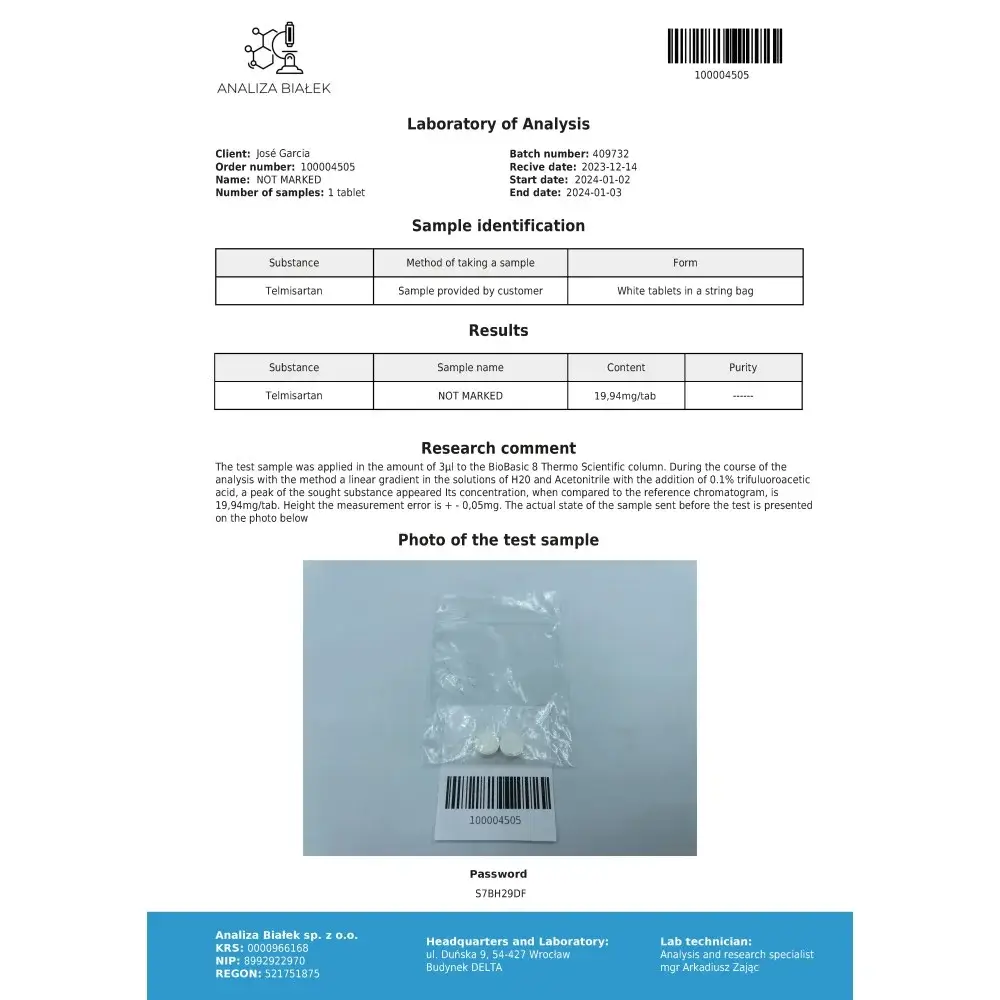

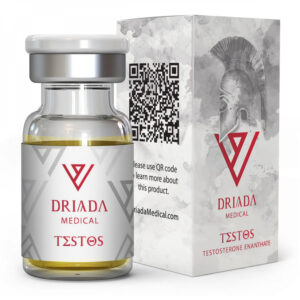
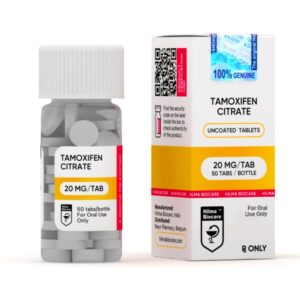
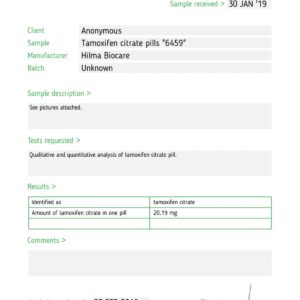

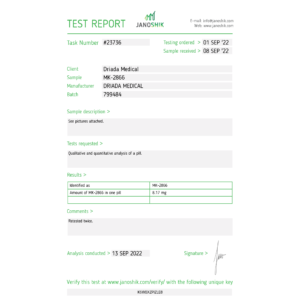


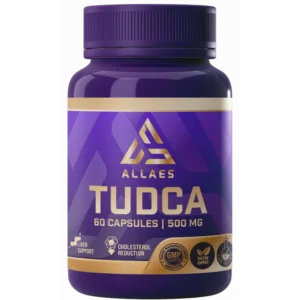

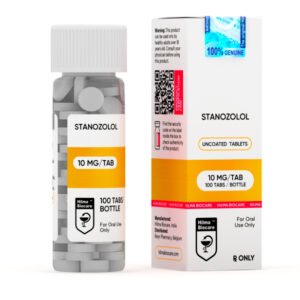
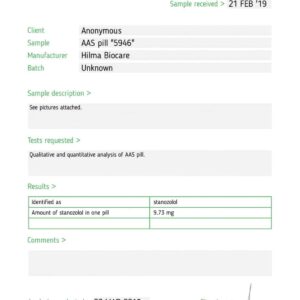
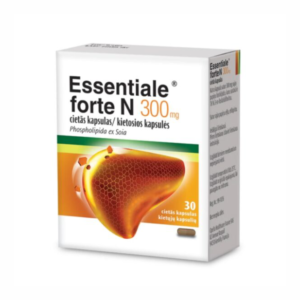

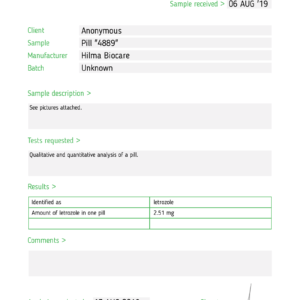
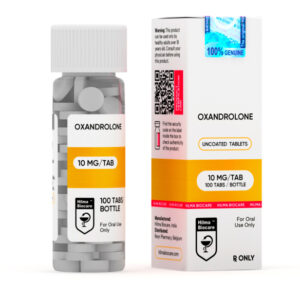
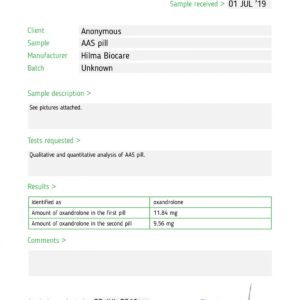
Reviews
There are no reviews yet.